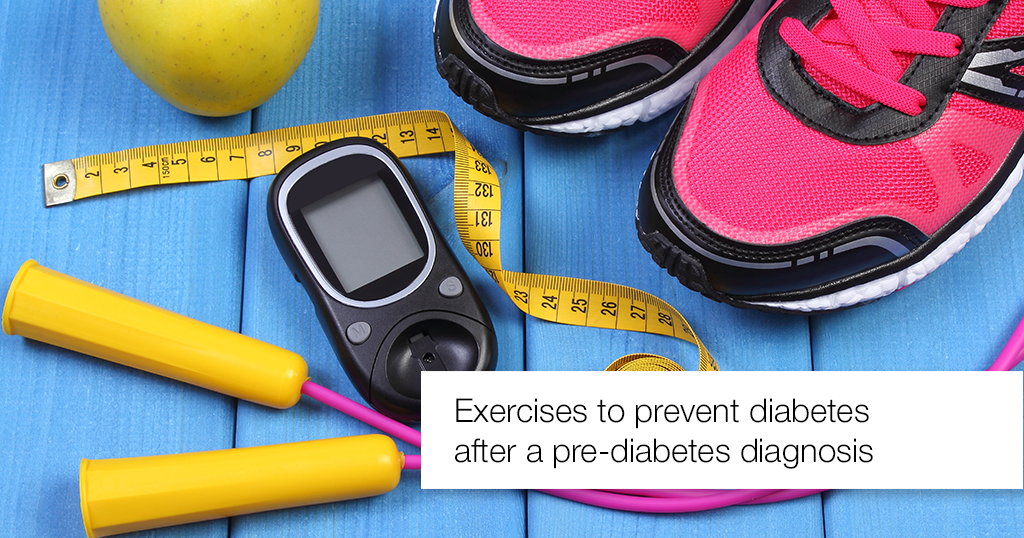As per the National Urban Diabetes Survey, the estimated prevalence of pre-diabetes is 14 per cent in India – a condition that’s poised on the precipice of full-blown diabetes. Individuals with pre-diabetes have higher-than-normal blood sugar levels, yet the levels aren’t quite high enough to be diagnosed as diabetes. Pre-diabetics already have a higher risk for heart disease and other complications. Preventing diabetes may be possible with lifestyle changes as simple as diet and exercise.
According to U.S. Centers for Disease Control (CDC)-led National Diabetes Prevention Program, reducing body weight by 5–10 per cent and exercising 30 minutes a day can cut your diabetes risk by 58%. Blood glucose control can be achieved in pre-diabetics as well as diabetics through medical and lifestyle management, particularly with regular exercise and diet modifications. Aerobic or cardiovascular or exercise may cause substantial changes in blood glucose levels.
You can take some important steps to help stop pre-diabetes from progressing, and the chances are that these steps or lifestyle changes can even return glucose levels to normal.
Here are some guidelines to help get you started:
- Always get your physician’s approval before starting an exercise program.
- Start slowly and ask for help if needed. Instruction from a fitness professional (certified) can get you started and help maintain your exercise regime.
- Aim to do some type of physical activity that raises your heart rate for 30 minutes a day. When starting, do just 10 minutes, if that is all you can tolerate. Build slowly to 30 minutes over the next few weeks.
- Opt for a variety of activities that you generally enjoy. Try to begin with something new. Try a new sport.
- Build physical movement into your day: walk the dog, park at the far end of the parking lot, take stairs instead of the elevator or escalator, etc.
- Use a pedometer to gauge your level of physical activity. Walking 10,000 steps a day is a fantastic goal, but keep building up to that level gradually. On an average, there are approximately 2,000 steps per mile.
- Keep a daily log of your activities. This can be motivational and helps you stick to your program, especially at the start.
- Plan for your daily exercise session. Make an appointment for yourself—you deserve it.
- Exercise with a neighbor, partner, or a pet. Make your exercise a social experience. This offers extra motivation. Having fun will boost your fitness and your spirits.
- Wear good shoes. Proper footwear is critical so you can enjoy the activities in which you plan to participate. Proper fitting shoes can reduce foot sores, irritations and blisters.
- Enjoy a walk in the park or indoors at a shopping mall.
- Have fun with a new activity like ballroom dancing, kayaking, hiking, badminton, etc.
- Join a fitness club. Make sure to seek help. Get started by talking with a qualified fitness professional.
- Find a place to do aquatic exercises. Get a great workout while using buoyancy to reduce stress on your joints.


















